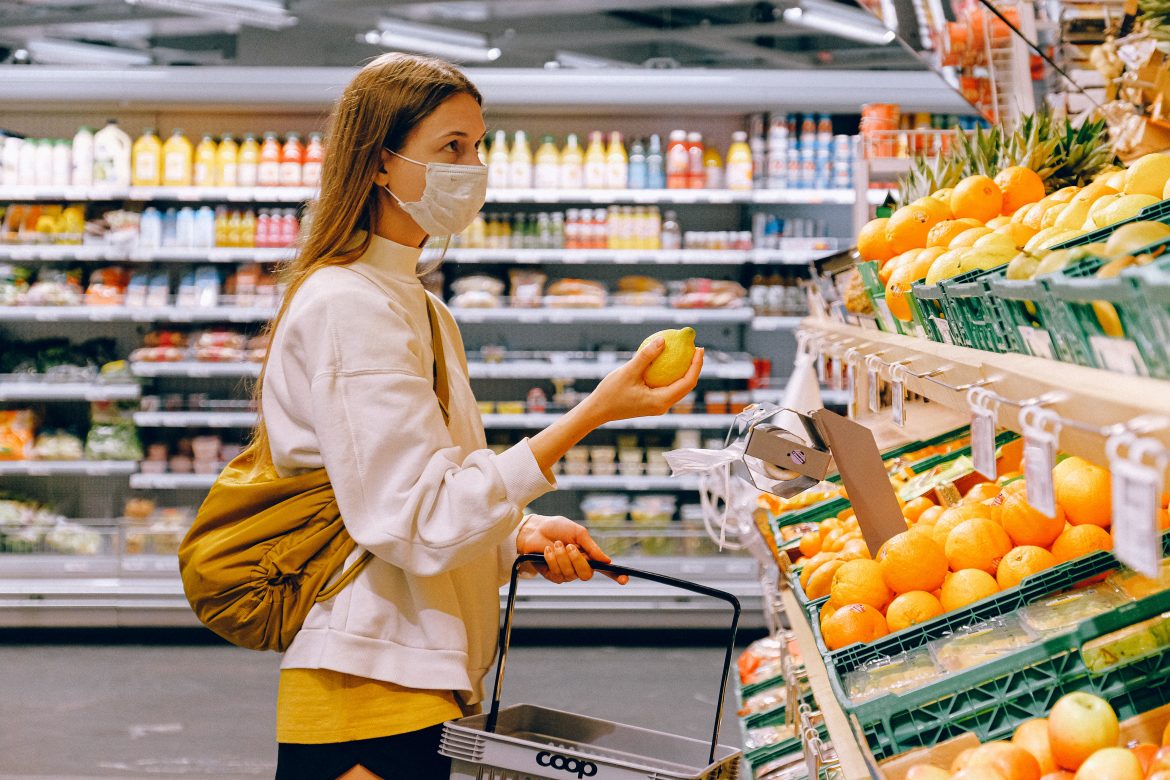Consumers can purchase bottled and jarred packaged goods at the supermarket. Although bottled and jarred products are more convenient to buy, they still have their advantages and disadvantages. Here are the pros and cons of each type of packaging. As with any other product, the choice is ultimately up to the consumer. However, there are some benefits and drawbacks of both types.
Convenient to Purchase
Although bottled and jarred packaged goods are convenient to purchase, these products are also harmful to the environment and human health. Not only do they contain chemicals, but they can also harm the food you eat. Some of these chemicals can cause vitamin deficiencies and lead to food allergies. Hence, if you are concerned about your health, you should buy only bottled and jarred products.
When compared to the other packaging types, jarred goods have many benefits. They are recyclable, which extends their shelf life. They also protect food from contaminants and other environmental factors. Moreover, they provide information to consumers, such as the ingredients, nutrition, and intake levels. Additionally, jarred packaging is flexible. You can customize it to fit your product and design requirements. And because jarred packaging is not harmful to the environment, you can purchase it in bulk without worrying about the price.
Advantages & Drawbacks
Despite its benefits, jarred and bottled packaged goods also have their drawbacks. The pros of jarred and bottled packaged goods include promoting better distribution. Its advantages outweigh its cons. It helps keep perishable goods fresh longer and prevents them from spoiling. Combined with its convenient storage and distribution, jarred and bottled interests can improve sales and profits. These goods are readily available in large quantities.
The advantages and drawbacks of jarred and bottled packaged goods are beneficial for the environment. Both are 100% recyclable, and jarred goods are recyclable. They break down into smaller particles and are more environmentally friendly. They do not contain petroleum by-products, which are harmful to the environment. These are two good reasons to choose jarred and bottled packages for your food.
More Expensive Than Unpackaged Food
In addition to preserving food, jarred and bottled packaged goods are more sustainable. Glass jars are the most environmentally friendly packaging. They are easy to transport and store and do not require storage containers. In addition, jarred and bottled packaged goods can be modified for any design. Because of the flexibility of jarred and bottled packaging, these are more sustainable than their glass counterparts.
Also Read: 8 Reasons To Take Iron Supplements
Bottled and jarred packaged goods are more expensive than unpackaged food, but they do not have the same taste. They have longer shelf lives and are easier to store. Some jarred packaged goods are made from recycled materials, which are safer. Unlike unpackaged food, bottles and jars can retain their flavor and nutrients for a long time. While bottle and crate packaging is cheaper, the disadvantages of glass-based products are far more significant.
More Environmentally-Friendly
Bottled and jarred packaged goods are more environmentally-friendly than unpackaged food. As a result, bottled and jarred packaged goods are more environmentally friendly and less time-consuming. Moreover, they are eco-friendly. Some jars contain more than one type of material, making them recyclable. In addition, jarred goods are more affordable. You can buy bottled and jerked packaged food at the grocery store and have it delivered directly to your doorstep.
Both jarred and bottled packaged goods are environmentally-friendly. They are 100% recyclable and contain no petroleum by-products, making them ideal for the environment. They are also safe to use, and the jarred versions have a lower carbon footprint than their unpackaged counterparts. Therefore, jarred and bottled packaged goods are the way to go for many food manufacturers.
Conclusion:
Although jarred and bottled packaged goods are generally more expensive, they have numerous advantages. These foods do not require refrigeration and are available for purchase at lower prices than their canned and jarred counterparts. Furthermore, bottled and jarred foods must be kept in a relaxed environment for a more extended period. They must also be appropriately stored and rotated regularly to avoid spoiled food.



